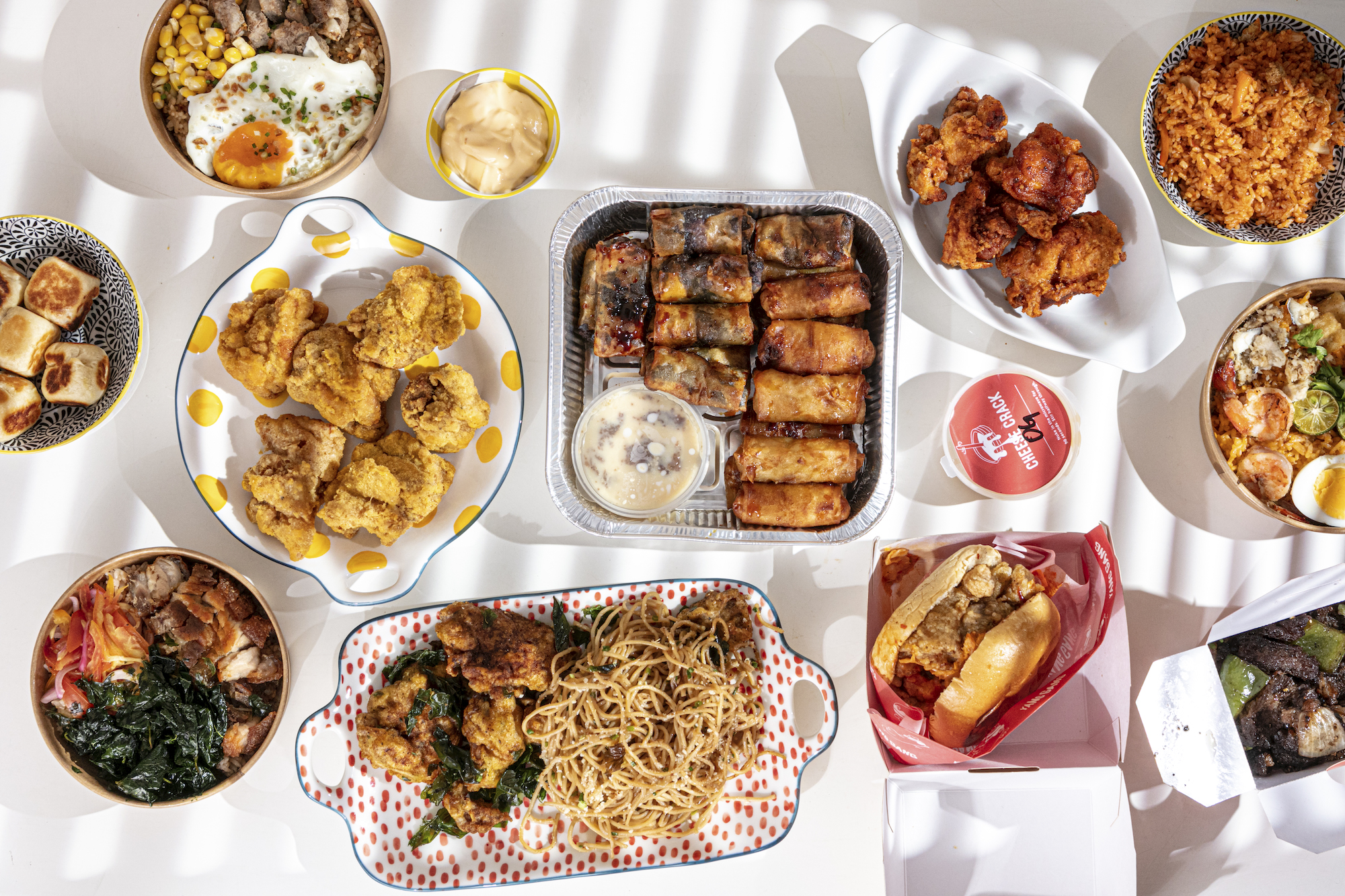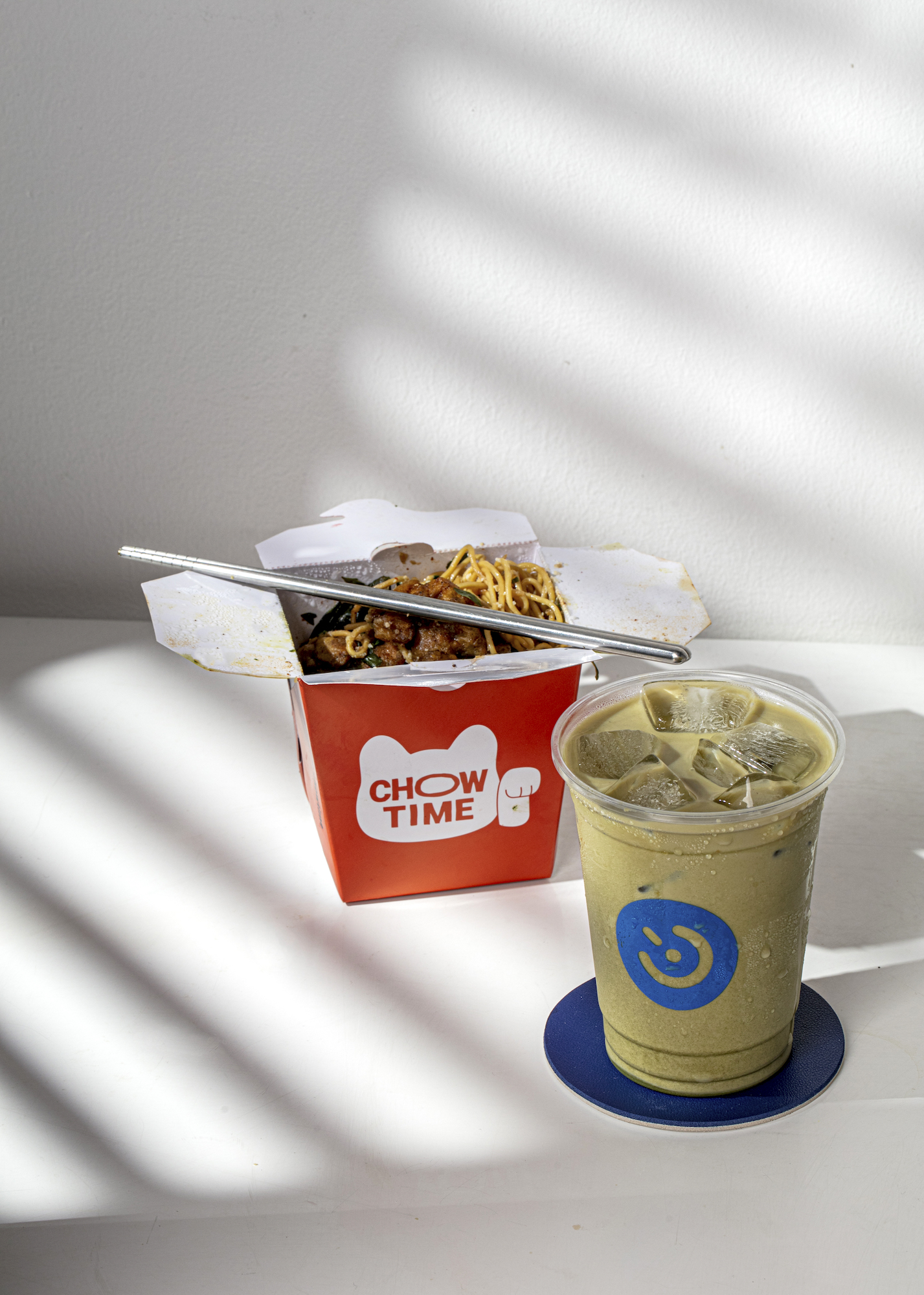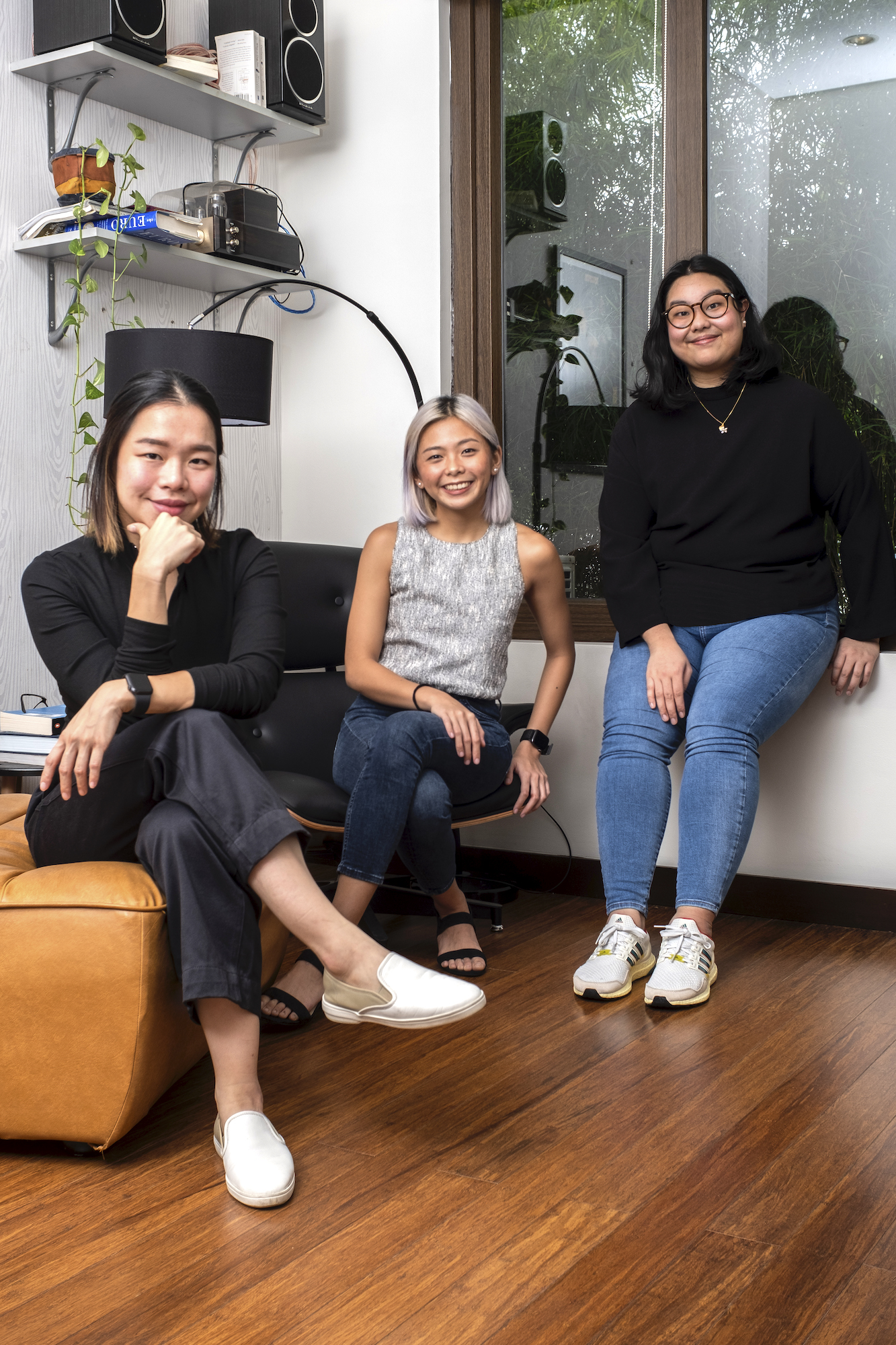“Guys, I have this idea and you’re the first people I want to talk to,” recalled Mikee Villareal when she first thought of starting a ghost kitchen called MadEats with friends Andie Cruz and Keisha Lao. “A week later, we all said we were quitting our day jobs and started on this right away.”
The three women started MadEats late November 2020 and recently secured US$125,000 in funding from Silicon Valley-based startup accelerator Y Combinator (YC), making them the first cloud kitchen in the Philippines to be accepted in the program.
“We quit our jobs not knowing if this thing will actually fly. But we were willing to take risks especially because we were in love with the idea, the concept, and the team. So it’s important to take smart risks,” says co-founder and chief product officer Lao.
If you’re not familiar with what YC does, think of the Sandbox program in the K-drama “Start-Up” starring Bae Suzy and Nam Joo-hyuk. Similar to the fictional Sandbox program, YC has two batches per year and also has a Demo Day where startups can present their products and services to the press and potential investors.
The three women started MadEats late November 2020 and recently secured US$125,000 in funding from Silicon Valley-based startup accelerator Y Combinator (YC), making them the first cloud kitchen in the Philippines to be accepted in the program.
But just how prestigious is it to be accepted into YC? Apparently, very. “The acceptance rate right now in YC is about one to three percent. They receive more than a thousand applications per year,” Villareal says.
The funding that YC gives isn’t the most valuable part of the program. According to YC’s website, “The most important thing we do is work with startups on their ideas. We’re hackers ourselves, and we’ve spent a lot of time figuring out how to make things people want.”

MadEats was definitely a response to new consumer behavior: Filipinos ordering through the likes of Grab and Foodpanda.
“Southeast Asia—particularly the Philippines—is the fastest growing internet economy in the region. Particularly for the food delivery market, it is also the fastest growing in Southeast Asia. It’s expected to grow 48 percent year on year,” Villareal says. “That just goes to show that there is so much opportunity not only in the food industry but more specifically the food delivery market. We’ve seen that firsthand too while working in traditional F&B restaurants.”
Launch fast, iterate fast
MadEats is a ghost kitchen (also called cloud kitchen or dark kitchen) that is basically a “restaurant” that focuses mainly on online orders. “There’s one kitchen that hosts multiple brands or SKUs. It’s not tied to one brand only,” Villareal explains.
At the moment, MadEats has four in-house food brands: Yang Gang (their first offering of Korean fried chicken), Chow Time (Chinese takeout), Fried Nice (rice toppings with a mainly Filipino twist), and their most recent brand, Dot Coffee.
“When we first launched Yang Gang, we just wanted to launch fast. Our mentality was to launch then to get feedback and then to iterate fast,” Villareal elaborates.
“Southeast Asia—particularly the Philippines—is the fastest growing internet economy in the region. Particularly for the food delivery market, it is also the fastest growing in Southeast Asia. It’s expected to grow 48 percent year on year.”
“In terms of initial feedback, our goal was to try to make the product really delivery-friendly. So obviously there were so many errors in the beginning but we were always so quick to iterate because that is the beauty of a ghost kitchen—you can go back to the kitchen, butt heads again and say ‘We need to fix this product.’ Not like in a traditional restaurant where it takes a while for the R&D process to happen,” she adds.
Co-founder and chief growth officer Cruz shares one specific example of the ghost kitchen’s structural advantages when they received feedback on their Rabokki (a Korean mashup of tteokbokki fish cakes and ramyeon noodles).
“Keisha and our R&D chef were able to think of an interesting solution [to the feedback that the noodles were sticking together]—we separated the sauce,” she reveals. “It’s simple things like that that some traditional restaurants tend to overlook because they’re more focused on the dine-in experience. We’re quick to listen to our customers and change things as soon as feedback comes in.”


This is the main advantage of having a ghost kitchen business model. Feedback is instant and so are the solutions. Overhead costs are also streamlined, removing the need to put your kitchen in high foot traffic real estate or creating hip interiors for that matter. The kitchen equipment can also serve multiple brands instead of only one, optimizing cost efficiencies.
“Our long-term vision is to create several delivery-only food brands, and it’s really optimizing the kitchen side because we are playing around with the equipment that we have now. That’s one way our cost structure is easy on the balance sheet. You have more freedom to play,” Villareal says.
“When you first launch your product, it doesn’t mean it’s already fit for the market. You launch your product to figure out if it is fit for the market. It’s always a question. It’s a never-ending journey because your business will always change depending on what your customer wants or needs.”
Since ghost kitchens take less capital, manpower, and effort to open than a traditional restaurant, a brand operating in one will also find it easier to close down if and when the concept doesn’t work out. You can retain your staff, learn from what went wrong, and think of another concept your customers really want.
“Since we have a better cost structure, we have more time to think about how we make the delivery experience better. Traditional restaurants may have good products but when it comes to delivery, packaging is probably the last thing they think about. And I guess that’s what MadEats wants to do: We want our packaging to look better, make the experience at home better because we know everyone is eating at home. Since we are able to optimize the operational side we’re able to be more fun on the customer experience side,” Villareal explains.
Making MadEats products ‘memorable’
One big hurdle that an online-only store has to overcome however is acquiring brand equity. Without a brick and mortar, brands have less to build a relationship with their customers.
“The interesting thing about ghost kitchens and having a digital storefront [is that] the customer is left with what they can see,” says Cruz. “And so they purchase with what they see.
“For example, if you are within 10 meters of a Jollibee, you’ll start to smell the Chicken Joy and then you’re going to want to buy it. We don’t have that advantage. So it’s really important for us to make sure that every single product we put out—whether it be the photos, the branding—they all have to be memorable. That’s how they form relationships and that’s how they start to purchase.”

When it comes to advice about putting up one’s own business, Villareal puts a premium on not being afraid to make mistakes.
“Building a startup comes with a lot of fear. What YC tells us is that you should be focused on building things that people actually want,” she says. “Focus on a subset of users who really, really love your product—or hate your product and you’ll get insight on why.”
“Focus on your vision, put it out there, and iterate after and everything else will follow. By ‘everything else’ I mean investors, looking for mentors, looking for people to connect with,” Villareal adds.
“If you are within 10 meters of a Jollibee, you’ll start to smell the Chicken Joy and then you’re going to want to buy it. We don’t have that advantage. So it’s really important for us to make sure that every single product we put out—whether it be the photos, the branding—they all have to be memorable.”
“I feel like what Filipinos shouldn’t be afraid of is launching really quick and getting feedback as much as you can,” she notes. Products are far from finished: They entail constant improvement.
“Like what YC always says is that we always have to know that when you first launch your product, it doesn’t mean it’s already fit for the market. You launch your product to figure out if it is fit for the market,” she advises.
“It’s a never-ending journey because your business will always change depending on what your customer wants or needs. You have to have that mentality so you won’t be afraid of failure.”
And of course, having someone believe in what you’re doing is a boost. “What YC gave us was the courage to really think this could be bigger than what we initially thought. This could be bigger than just fried chicken.”





